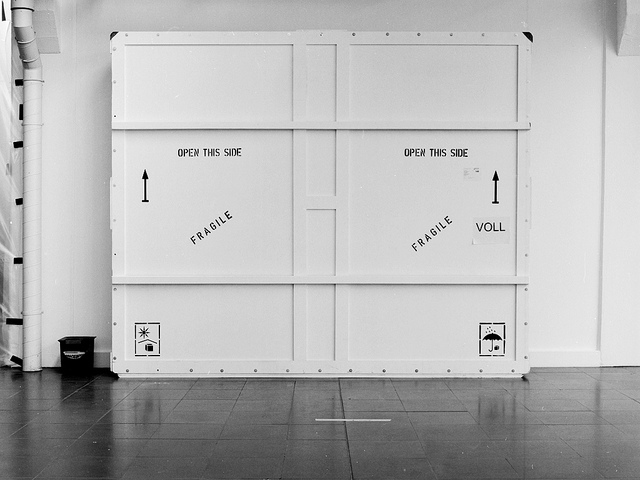Time is a Box #
Summary #
When you think of a schedule as a box of wood blocks, as Joel Spolsky suggests, it's easier to reason about what belongs inside.

I tried to fit 5,362 things in and got 4,917 of them in.
Image: Thomas Weidenhaupt at Flickr)
Commentary #
Derek Sivers says that people who are "busy" don't control their time. This works well with Robert Kegan's model of adult development in which a person moves from being impulsive to reasoning about other people's mental states (more on that later) because it sounds like a typical Stage-3 response: You feel busy because you're responding to the greatest current pressure; incoming tasks aren't prioritized, so there's no way to reject them.
Time-boxing and doing Pomodoros help, but that's on the execution side; you must first avoid falling into the trap of shoving too many things into your box.
Therefore, consistently remind yourself about the bounded nature of your time. For example, this past year I got about 5,000 tasks done. That's roughly 13 things per day. Scheduling more than that in a day is asking for procrastination.
Moreover, Jason Cohen argues that if your utilization rate is high, you're going to have a bad time. Bursts of higher-than-normal utilization happen from time to time, but if your normal state is burning hot, there's no room to accommodate the increase. Moreover, you'll feel like you're working as hard as you can, but accomplishing very little because context-switching and interruptions eat into your productivity.
So take advantage of the Fresh Start Effect and commit to keeping the time-box at appropriate levels of full. If it matters, make space for it, otherwise, recognize that it simply won't fit in the box.
See Also #
- Parkinson's Law for our discussion on how work expands to fill the available time.
- Pomodoro Technique for the focused-work approach.
- Evidence Based Scheduling for Joel Spolsky's discussion about how to schedule software development tasks.
- Your non-linear problem of 90% utilization for Jason Cohen's insightful analogy to server utilization.
Updates #
2023-11-28 #
- Updated broken links.